Related Research Articles
The Single European Sky (SES) is a European Commission initiative that seeks to reform the European air traffic management system through a series of actions carried out in four different levels with the aim of satisfying the needs of the European airspace in terms of capacity, safety, efficiency and environmental impact.
NATS Holdings, formerly National Air Traffic Services and commonly referred to as NATS, provides en-route air traffic control services to flights within the UK flight information regions and the Shanwick Oceanic Control Area. It also provides air traffic control services to 14 UK airports.

ENAIRE is the air navigation manager in Spain, certified for the provision of enroute, approach and aerodrome control services. As a public corporate entity attached to the Spanish Ministry of Public Works, it is responsible for air traffic control, aeronautical information and the communication, navigation and surveillance networks - these are all necessary so that air companies and their aircraft can fly safely and in an organised format within Spanish airspace.
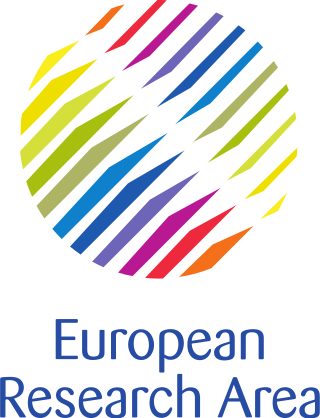
The European Research Area (ERA) is a system of scientific research programs integrating the scientific resources of the European Union (EU). Since its inception in 2000, the structure has been concentrated on European cooperation in the fields of medical, environmental, industrial, and socioeconomic research. The ERA can be likened to a research and innovation equivalent of the European "common market" for goods and services. Its purpose is to increase the competitiveness of European research institutions by bringing them together and encouraging a more inclusive way of work, similar to what already exists among institutions in North America and Japan. Increased mobility of knowledge workers and deepened multilateral cooperation among research institutions among the member states of the European Union are central goals of the ERA.

The Directorate-General for Mobility and Transport is a Directorate-General of the European Commission responsible for transport within the European Union.
The Framework Programmes for Research and Technological Development, also called Framework Programmes or abbreviated FP1 to FP9, are funding programmes created by the European Union/European Commission to support and foster research in the European Research Area (ERA). Starting in 2014, the funding programmes were named Horizon.
System Wide Information Management (SWIM) is a global Air Traffic Management (ATM) industry initiative to harmonize the exchange of Aeronautical, Weather and Flight information for all Airspace Users and Stakeholders. SWIM is an integral part of the International Civil Aviation Organization (ICAO) Global Air Navigation Plan (GANP). The GANP defines 4 Performance Improvement Areas (PIA), SWIM resides in PIA 2: Globally interoperable systems and data, where its implementation is further defined in Aviation System Block Upgrades (ASBU) B1-SWIM and B2-SWIM. ASBU B1-SWIM defines SWIM as a “a net-centric operation where the air traffic management (ATM) network is considered as a series of nodes, including the aircraft, providing or using information.” it goes on to say “The sharing of information of the required quality and timeliness in a secure environment is an essential enabler to the ATM target concept.”
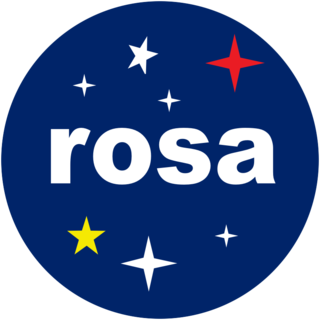
The Romanian Space Agency is a public institution that coordinates Romania's national space technology research programs and activities related to space research. ROSA, established in 1991, is subordinate to the Romanian Ministry of Education.
European Business Aviation Association, or EBAA, is a non-profit association based in Belgium that has existed since 1977. It’s more than 700 member companies span all aspects of the business aviation sector in Europe and elsewhere. The EBAA's aim is to promote excellence and professionalism among its members and to ensure that aviation is properly recognized as a vital sector of the European Economy. EBAA represents corporate operators, commercial operators, manufacturers, airports, fixed-base operators, and business aviation service providers.
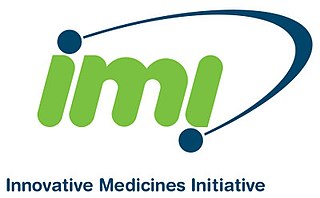
The Innovative Medicines Initiative (IMI) is a European initiative to improve the competitive situation of the European Union in the field of pharmaceutical research. The IMI is a joint initiative of the DG Research of the European Commission, representing the European Communities, and the European Federation of Pharmaceutical Industries and Associations (EFPIA). IMI is laid out as a Joint Technology Initiative within the Seventh Framework Programme. Michel Goldman was the first executive director, from September 2009 until December 2014.
Single European Sky ATM Research (SESAR) is a collaborative project to completely overhaul European airspace and its air traffic management (ATM). The actual program is managed by the SESAR Joint Undertaking as a public–private partnership (PPP).
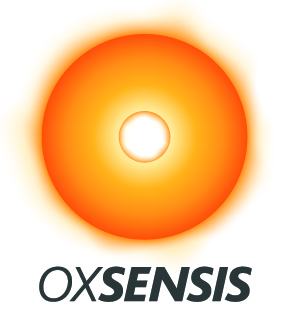
Oxsensis Ltd. is a British-based engineering business specialising in energy and aerospace equipment.
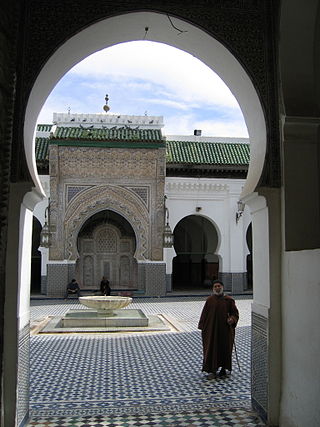
Science and technology in Morocco has significantly developed in recent years. The Moroccan government has been implementing reforms to encourage scientific research in the Kingdom. While research has yet to acquire the status of a national priority in Morocco, the country does have major assets that could transform its R&D sector into a key vehicle for development. The industry remains dominated by the public sector, with the universities employing 58% of researchers. Morocco's own evaluation of its national research system – carried out in 2003 – revealed that the country has a good supply of well trained high quality human resources and that some laboratories are of very high quality. However, the greatest gap at that point of time lied in the link between research and innovation. The educational qualifications of Moroccan researchers have increased significantly since the early 1990s. The University of Al-Karaouine is considered the oldest continuously operating academic degree-granting university in the world.
The Single European Sky ATM Research 3 Joint Undertaking is an institutionalised European public-private partnership, established in 2021, to accelerate through research and development the delivery of the Digital European Sky, as part of the SESAR project. Initiated in 2004, the SESAR project is the technological arm of the EU's Single European Sky initiative to integrate EU Member States' ATM systems. Bringing together the EU, Eurocontrol, and more than 50 organisations covering the entire aviation value chain, including drones, this European partnership is investing more than EUR 1.6 billion between now and 2030 to accelerate, through research and innovation, the delivery of an inclusive, resilient and sustainable Digital European Sky.
The European Aerospace Cluster Partnership (EACP) is a permanent partnership between collaborating European aerospace clusters. The consortium currently comprises 45 aerospace clusters from 18 different countries and was initiated by the city of Hamburg in 2009 and co-funded by the European Commission.
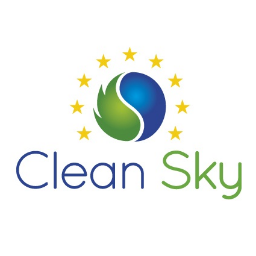
The Clean Sky Joint Undertaking (CSJU) is a public-private partnership between the European Commission and the European aeronautics industry that coordinates and funds research activities to deliver significantly quieter and more environmentally friendly aircraft. The CSJU manages the Clean Sky Programme (CS) and the Clean Sky 2 Programme (CS2), making it Europe's foremost aeronautical research body.
The Graphene Flagship is a European Union scientific research initiative. With a budget of €1 billion, it is one of the large scale initiatives organized by the Future and Emerging Technologies program, along with the Human Brain Project and the Quantum Technologies Flagship. Through a combined academic-industrial consortium, the research effort attempts to develop technologies which range from basic research to production and system integration, using the unique properties of graphene. There are some critics of this and similar initiatives, arguing that the funding of graphene-related research and innovation is disproportional to estimates of industrial potential. However, advocates for the Graphene Flagship note the merits of the initiative’s wide-ranging, applications-focused research, and the potential for graphene to catalyze innovation and economic growth across sectors and interest areas including biomedical research and health, transport, water safety, energy efficiency, battery and semiconductor development, wearable electronics, digital communications, sustainability and the environment, and space exploration.
The European Union's scientific collaboration beyond the bloc describes the European Union's frameworks for bilateral cooperation and specific projects in science and technology, with countries and regional blocs situated beyond the European Union.
Science and technology in Kazakhstan – government policies to develop science, technology and innovation in Kazakhstan.
The European High-Performance Computing Joint Undertaking is a public-private partnership in High Performance Computing (HPC), enabling the pooling of European Union–level resources with the resources of participating EU Member States and participating associated states of the Horizon Europe and Digital Europe programmes, as well as private stakeholders. The Joint Undertaking has the twin stated aims of developing a pan-European supercomputing infrastructure, and supporting research and innovation activities. Located in Luxembourg City, Luxembourg, the Joint Undertaking started operating in November 2018 under the control of the European Commission and became autonomous in 2020.